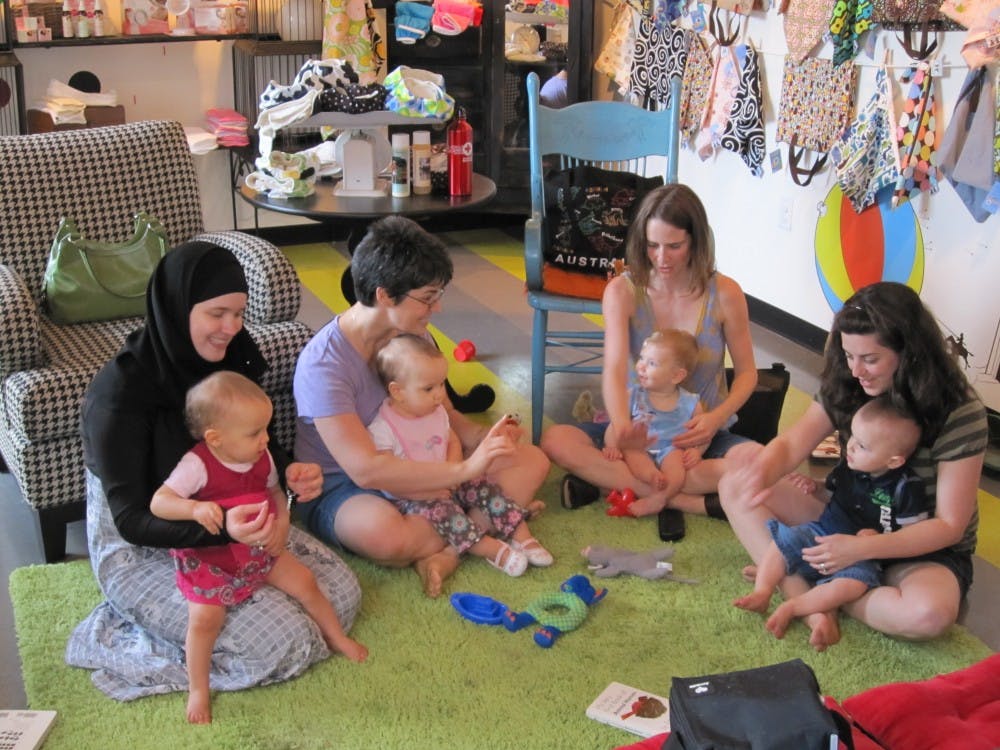A local sign language organization is hosting a workshop teaching parents and children sign language so they can communicate with one another on topics such as food, bath time, getting dressed, bedtime and playtime.
Signs of Learning – Sign Language for Budding Babies and Young Children is hosting the workshop on Thursday from 6:30 to 8:30 p.m. at the UNC Women’s Hospital.
The two-hour class is held every other month at UNC, and it focuses on teaching American Sign Language. Jessica Kelly, the owner of and instructor for Signs of Learning, uses a classroom setting, PowerPoint presentations, toys and songs to educate families on how to use basic sign language as a means of communication with their children before they learn to speak.
“Well, they’re so brilliant,” Kelly said. “These little babies are so smart, and they just don’t have a way to tell you, until you teach them sign language or some way to communicate.”
Babies don’t typically start putting more than a few stray words together until they are two years old, so sign language is a way to accelerate communication before then, Kelly said. For her own children, they were able to sign that they wanted things such as milk or a diaper change when they were about six months old. Kelly said this helps decrease frustration for both the child, who can ask for what it needs more clearly and quickly, and the parent, who no longer has to guess what their child is feeling.
“So then as they grow, they understand the importance of communication,” Kelly said. “They understand what it’s like to feel heard, so I think it helps their self-esteem in general.”
Kelly said beyond reducing tantrums, improving confidence and deepening the connection between parent and child, teaching young children sign language improves their ability to learn and communicate later on in life.
“According to the studies, children who sign speak sooner and have larger vocabularies than children who don’t,” Kelly said.
Kelly believes this is because children have different learning styles, and for hearing children, sign language helps them to combine visual, auditory and kinesthetic learning styles. However, one of the most valuable skills that children acquire through sign language is the ability to comprehend symbolic language, the idea that one thing can represent another, Kelly said.




